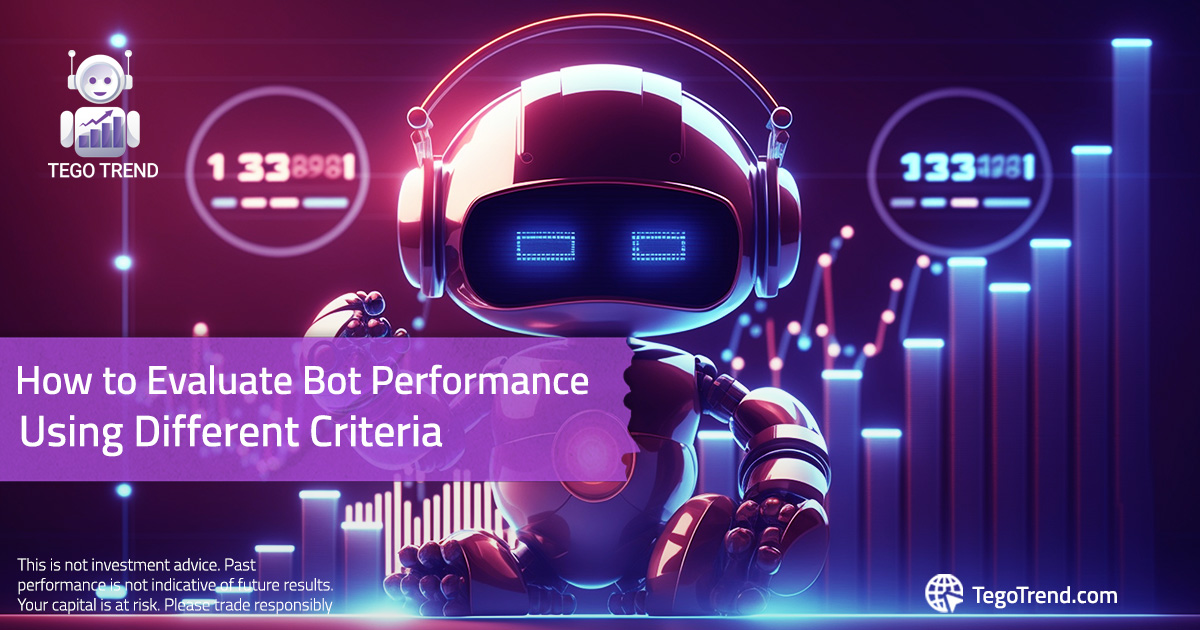How to Evaluate Trading Bots Using Different Performance Metrics
A trading bot’s success isn’t just about its ability to execute trades — it’s about how effective and stable it is in generating consistent returns over the long term. Performance evaluation is the step that determines whether a bot is truly suitable for live market deployment. By using a set of technical and financial metrics, developers and traders can analyze the bot’s behavior, understand its strengths and weaknesses, and make informed decisions on performance optimization or strategy adjustment.
Net Profit / Loss
This metric shows the difference between the total profits and total losses the bot has made over a specific period.
While it’s a simple and essential measure, it doesn’t give the full picture. A bot might generate high profits by taking excessive risks.
For this reason, it should never be used alone but rather alongside other performance indicators.
Win Rate
This indicates the percentage of winning trades relative to the total number of trades executed.
For example, if a bot placed 100 trades and 60 were profitable, the win rate is 60%.
But be cautious:
A high win rate with small profits may not mean great performance.
A low win rate with large winning trades might be more favorable.
Therefore, the win rate is always evaluated in combination with the Risk/Reward Ratio.
Risk / Reward Ratio
This metric shows the average profit per trade compared to the average loss.
For instance: If the average profit is $100 and the average loss is $50, the ratio is 2:1.
A ratio above 1 means the bot earns more than it loses — even if the win rate isn’t particularly high.
Maximum Drawdown
One of the most important risk assessment metrics. It represents the largest decline in account balance during a trading period.
Example: If a bot starts with $10,000 and drops to $7,000, the max drawdown is 30%.
This metric reveals how well the strategy can handle market volatility and whether it aligns with the trader’s emotional and financial risk tolerance.
Monthly or Weekly Trade Frequency
Measuring how many trades a bot places over a specific time frame gives insight into its activity level.
A slow bot may not suit traders looking for fast opportunities.
An overly active bot might incur high trading costs due to commissions or slippage.
Striking a balance between trade frequency and quality is crucial in evaluating performance.
Annual Return (Projected)
This metric estimates the annualized return based on a shorter performance period.
For example: If the bot made 10% in 3 months, its projected annual return is approximately 40% (assuming performance remains steady).
This helps in comparing the bot’s performance with other investments like stocks or real estate.
Consistency
A bot that earns significant profit in one month but loses in the following months is not reliable.
Consistency is measured by:
The number of profitable vs. losing months
The volatility of returns over time
The ability to maintain relatively stable performance
A good bot delivers steady, repeatable results — not just occasional spikes.
Conclusion
Evaluating a trading bot’s performance requires more than a single number. A well-rounded assessment includes a combination of metrics that offer a comprehensive view of the bot’s effectiveness.
A professional developer doesn’t just aim for maximum profits — they seek the best balance between profit, risk, and consistency.
By using these metrics intelligently, traders and developers can build more reliable and sustainable trading systems, even in highly volatile markets.


